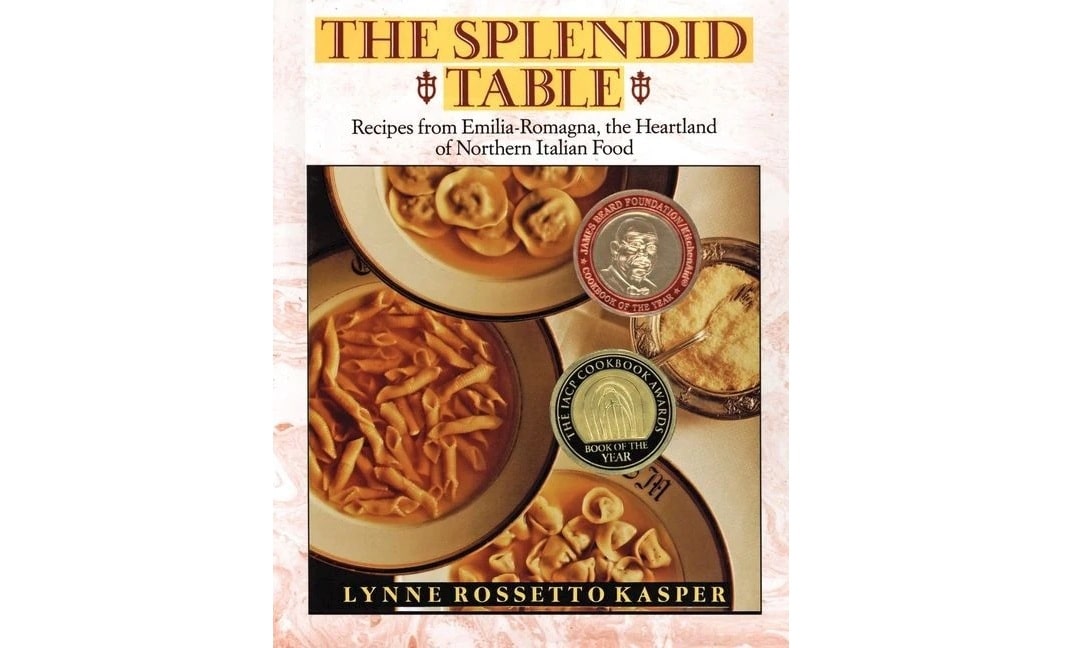Most of us have read books that have shaped their lives one way or another. Let me introduce you to the book that had an impact on my life: The Splendid Table: Recipes from Emiia-Romagna, the Heartland of Northernm Italian Food by Lynne Rosetto Kasper (William Morrow 1992).
As in many households, the heart of my childhood home was the kitchen. I grew up cooking with my grandfather and my mother. Both were incredible cooks, and I have memories of my favorite dishes that they made that I can still almost taste. My mother had a varied collection of cookbooks, with one of her most important reference texts being The Splendid Table. She would highlight recipes and dog-ear the corners of pages. The book had all the markings of being well loved.
As it always does, life happens. I grew up, went to college, and went out on my own. Somewhere during those post-graduation and living-in-a-crappy-apartment years, my mother gifted me my own copy of The Splendid Table. At first I was far too busy to pay it much attention, but as I started to create my own culinary personality, I found the book again. What struck me is that The Splendid Table wasn’t just a collection of ingredients and steps. It encapsulated the most important lessons, principles and techniques of Italian cooking. More importantly, it really communicated to me the joys of preparing and sharing great food through a recipe’s history. History is so much a part of the culture of food that I almost feel like you cannot truly understand a dish without also understanding its origins.
One could call The Splendid Table a love letter to some of Italy’s best known food – Parmigiano-Reggiano, balsamic vinegar, prosciutto, etc. More than anything, it made food and cooking more relatable and approachable. It gave me the feeling that I could have an approach of confidence, armed with knowledge rather than fear or uncertainty. Even though the internet is filled with recipes, I still find myself coming back to this book filled with so many memories. So many years later, I have come to believe that when my mother handed me a copy of The Splendid Table, it was a sense of connection beyond the physical act of cooking. She was passing down a part of herself. It keeps her presence alive in my life, even if she is no longer with us. So, as I made her recipe of Ragu Bolognese, one I have no doubt is tied to The Splendid Table, it’s almost like I was getting advice from my mother one meal at a time.
